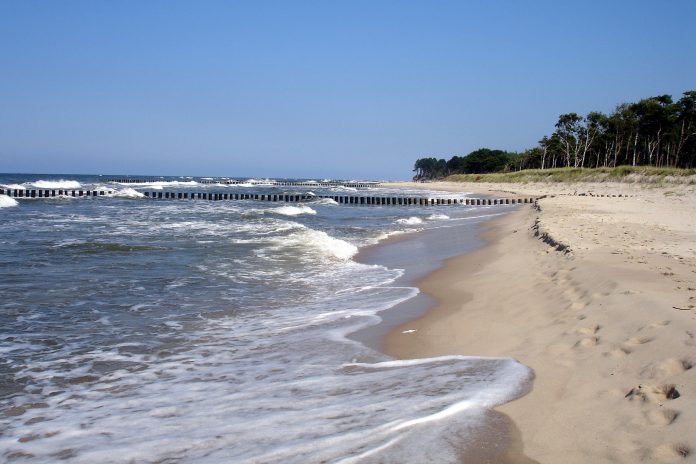Every year we celebrate World Oceans Day in June — an opportunity to reflect on the vital importance of the 71% of our globe that is essential to our lives and health, our trade and commerce, and the future of our planet. Crowds gather worldwide to march, clean coastlines and raise awareness of the need to protect and preserve our oceans. As they do, some may be concerned about the cruise industry’s impact on oceans. But the reality is that no single industry is more committed to preserving and sustaining the waters we sail—because our business depends on it. As a result, individual lines and the industry as a whole have taken strong steps in environmental protection, reducing pollution and preserving marine life and ocean health.
Eliminating single-use plastics
For instance, this year’s World Oceans Day highlighted plastics pollution, which has had a dramatic impact on oceans. Several major cruise lines are eliminating single-use plastics not only aboard ships, but also throughout their supply chain. All lines have strong recycling programs to ensure that waste is reduced and minimized.
World Oceans Day also encourages public and private sectors to take new steps to preserve ocean health and to pursue innovative solutions to ensure cleaner air and water.
Reducing sulphur oxide and carbon dioxide emissions
CLIA cruise lines are heeding the call, taking strong steps to reduce emissions. For instance, cruise lines are working to reduce carbon emissions by 25% from 2005 levels, and increase the number of ships that employ advanced systems that reduce sulphur compounds and particulates. Ninety-nine CLIA cruise ships are already fitted with exhaust gas cleaning systems that slash emissions. Where it is available, many lines use shore power to further reduce emissions.
CLIA worked with the International Maritime Organization to require all ships to use low-sulphur fuel by 2020—fuel with just one-seventh the sulphur content of formerly used maritime fuel oil. Although cruising comprises a very small part of the world’s total shipping fleet, we are well on our way to meeting that goal. The industry is investing $1bn in advanced technologies and cleaner fuels. And the first LNG-powered cruise ship, which emits virtually no sulphur, launches this year. Many more are being built in shipyards right now.
Sewage treatment
To ensure water conservation, many ships deploy advanced wastewater purification systems that surpass international regulations. Cruise ships never discharge untreated sewage at sea. And in certain areas of special environmental sensitivity, such as the Alaska coast and the Baltic Sea, our industry meets even stricter requirements. In fact, cruise ships visiting Alaska adhere to a higher standard for sewage treatment than coastal communities. And, of course, cruise ships comply with all environmental regulations.
Environmental partnerships
Beyond this, cruise lines partner with organisations such as the Nature Conservancy and the World Wildlife Fund on important initiatives for coastal health, preserving coral reefs and sustainable fishing in coastal communities. They also support academic research programs that promote ocean health.
Why do we take these steps? First and foremost, protecting the environment is the right thing to do. But should anyone question cruising’s commitment to protecting the oceans, it’s important to remember we have a strong business imperative for these actions, as well: without clean seas, clean coastal waters and environmentally healthy destinations, people will not want to cruise.
The problems of ocean pollution are real. Cruising, like many other industries, still has work to do. But we are taking aggressive steps and making progress. We are committed to ensuring that our oceans are healthy and vibrant every day that our cruise ships sail on them.
Cindy D’Aoust is President & CEO of Cruise Lines International Association.

